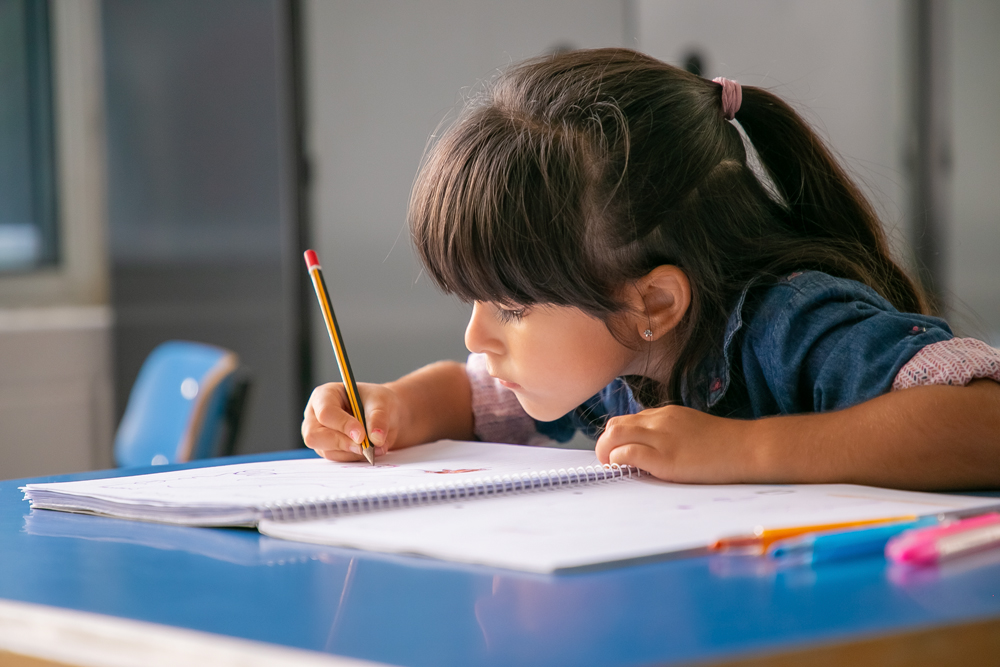Dysorthographia is a specific learning difficulty that affects spelling skills. Children with this condition struggle to remember and apply correct spellings, even for words they have seen or practiced many times. It is often linked to dyslexia but can also occur on its own.
Signs of Dysorthographia
Frequent spelling mistakes in both familiar and unfamiliar words.
Difficulty remembering letter order in words.
Substituting, omitting, or adding letters.
Confusion with similar-sounding words (e.g., “their” and “there”).
Spelling errors that are inconsistent — the same word may be spelled differently each time.
Example
A child may be able to read the word “because” correctly but spell it in different ways each time, such as “becos”, “bekauss”, or “becuase”, even after repeated corrections. This inconsistency is a hallmark sign of Dysorthographia.
Why It Happens
The difficulty is not due to laziness or lack of intelligence. Instead, it comes from challenges in processing language sounds (phonology) and visual memory for words. The brain finds it harder to store and retrieve the correct letter patterns for words.
How Parents and Teachers Can Help
Use multi-sensory spelling practice (see, say, write, and hear the word).
Teach spelling rules and patterns step-by-step.
Provide a personal word bank for frequently used words.
Encourage typing, as spell-check tools can help reinforce correct spelling.
Offer patience and praise for effort, not just accuracy.
Key Reminder: Dysorthographia does not mean a child cannot succeed in academics. With early recognition, tailored teaching methods, and encouragement, children can significantly improve their spelling skills and confidence.




